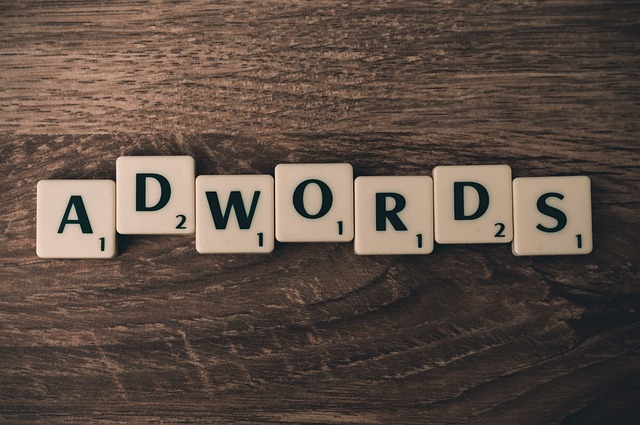AI-powered neighborhood noise mapping is transforming urban management by using machine learning to analyze data like traffic, industrial proximity, and building architecture for real-time noise profiles. This technology guides zoning, urban design, and transportation systems, making cities quieter, healthier, and more sustainable. By integrating AI into real estate, especially in mobile home occupancy predictions, the tech offers accurate forecasting through comprehensive analysis of ambient noise levels that impact livability and property values. This enhances decision-making for developers, buyers, and planners, fostering higher quality of life and effective land use.
“Revolutionize real estate with AI: exploring cutting-edge occupancy prediction models for mobile homes. This article delves into the future of urban living by understanding how AI-powered neighborhood noise mapping can enhance property management. We’ll build and implement predictive models, showcasing their impact on the market. Discover how these innovations enable more efficient real estate strategies, ensuring optimal space utilization and improved tenant experiences in today’s digital age.”
- Understanding AI-Powered Neighborhood Noise Mapping
- Building AI Mobile Homes Occupancy Prediction Models
- Implementation and Impact of AI in Real Estate Market
Understanding AI-Powered Neighborhood Noise Mapping

AI-powered neighborhood noise mapping is transforming how we perceive and manage urban environments. By leveraging machine learning algorithms, this innovative approach analyzes various data sources to create detailed noise profiles across different areas. These profiles consider factors like traffic volume, proximity to industrial zones, and even the architecture of buildings, offering a nuanced view of noise levels in real-time.
This technology isn’t just about data; it’s about empowering communities and policymakers. Accurate noise mapping can inform decisions on zoning regulations, help design more livable spaces, and support the development of intelligent transportation systems. Moreover, it allows residents to make informed choices about where they live, work, and play, contributing to a healthier, quieter, and more sustainable urban landscape.
Building AI Mobile Homes Occupancy Prediction Models

Building AI Mobile Homes Occupancy Prediction Models involves creating intelligent systems that can accurately anticipate and optimize space utilization within mobile homes, or residential vehicles. By leveraging machine learning algorithms and historical data on occupancy rates, user behaviors, and external factors like weather and local events, these models aim to provide valuable insights for both homeowners and property managers.
One key aspect in developing such models is integrating AI-powered neighborhood noise mapping. This technique allows the system to consider ambient noise levels, which can impact livability and property values. By analyzing noise data alongside occupancy patterns, the model can make more nuanced predictions about optimal pricing, maintenance schedules, and even personal comfort levels within these mobile spaces.
Implementation and Impact of AI in Real Estate Market

The implementation of Artificial Intelligence (AI) in the real estate market has brought about a quiet revolution, transforming how we perceive and predict property occupancy. AI models, such as machine learning algorithms, are increasingly being used to analyze vast amounts of data, from historical sales records and demographic trends to current market conditions and consumer behavior. This enables more accurate predictions about where and when properties will be occupied, benefiting both developers and potential buyers.
One notable application is the use of AI-powered neighborhood noise mapping, which helps assess the desirability and livability of an area. By analyzing data from various sources—including traffic patterns, local events, and community feedback—AI models can identify quiet, peaceful neighborhoods that are likely to attract residents. This not only enhances the accuracy of occupancy predictions but also contributes to better urban planning and a higher quality of life for future homeowners.
AI-powered neighborhood noise mapping has emerged as a game-changer in real estate, revolutionizing how we predict and understand occupancy trends. By leveraging advanced algorithms and data analytics, AI mobile homes occupancy prediction models offer precise insights into market dynamics. This technology not only enhances decision-making for investors and developers but also fosters vibrant, bustling communities. As the implementation of AI continues to grow in the real estate market, its impact on optimizing space utilization and improving quality of life is undeniable, creating a more efficient and dynamic urban landscape.
